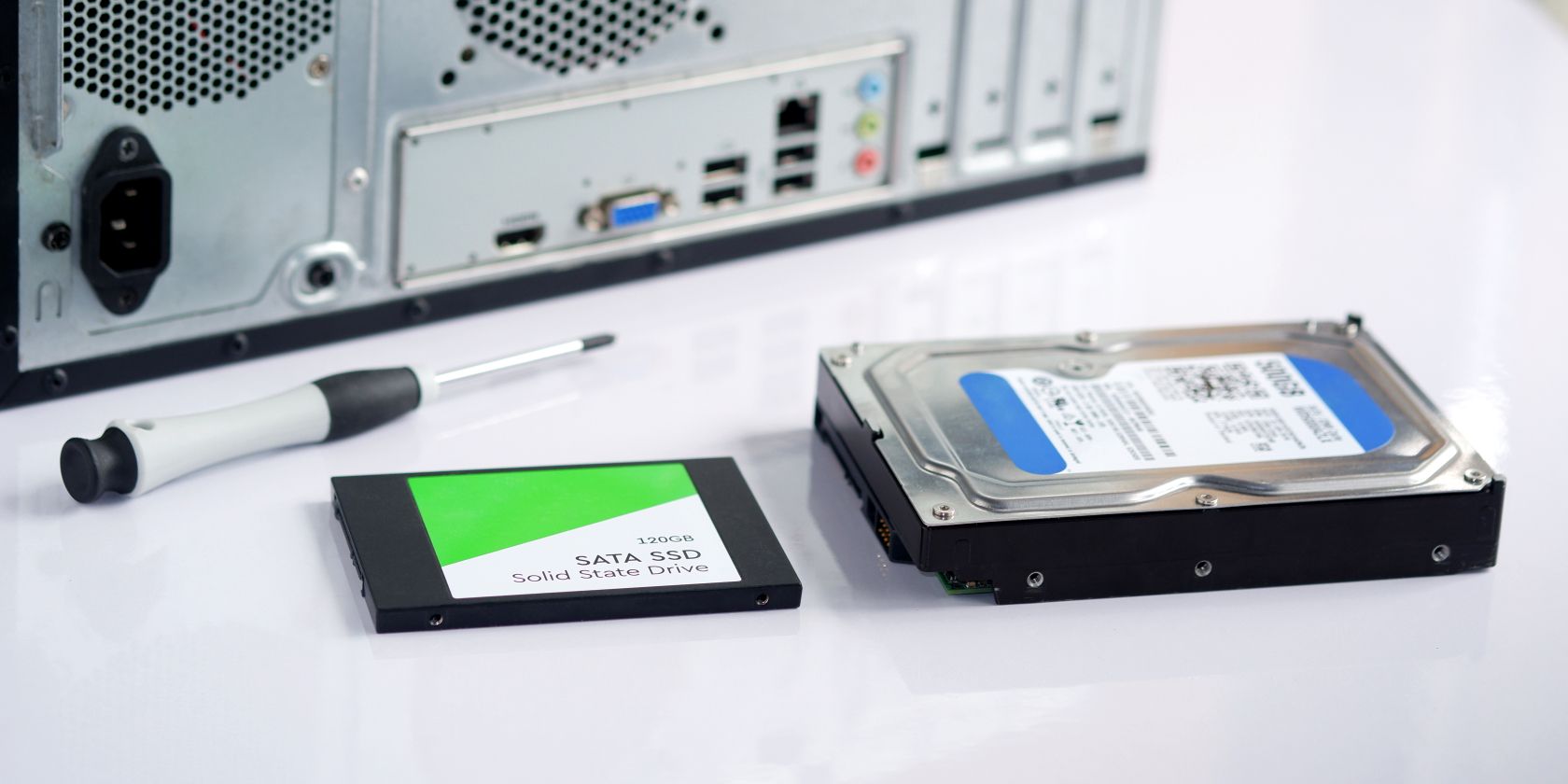All I'm saying is that I will determine if the Firefox update changes the rate of life reduction on this SSD. I've tracked the Crystal Disk info once a week for over a year. When the SSD % life goes down 1% every 2 months (6% in a year), it just seems like the SSD life % reduction rate is too high from just mainly using this laptop for surfing the web with Firefox and saving some files. Maybe it's all due to Windows 10 writing a bunch of stuff in the background. I can see writing to the SSD going on in Task Manager when the computer is just sitting with me doing absolutely nothing with it. What's writing to the SSD in the background all the time? Like said, when I close Firefox I see some of that idle writing stop.
I'm just thinking that the tool you're using might have some sort of model for wear level that might not match that of what the manufacturer would think. If there are a lot of cycles that just go to the SLC cache while rarely writing to the main flash, there may not really be a problem.

